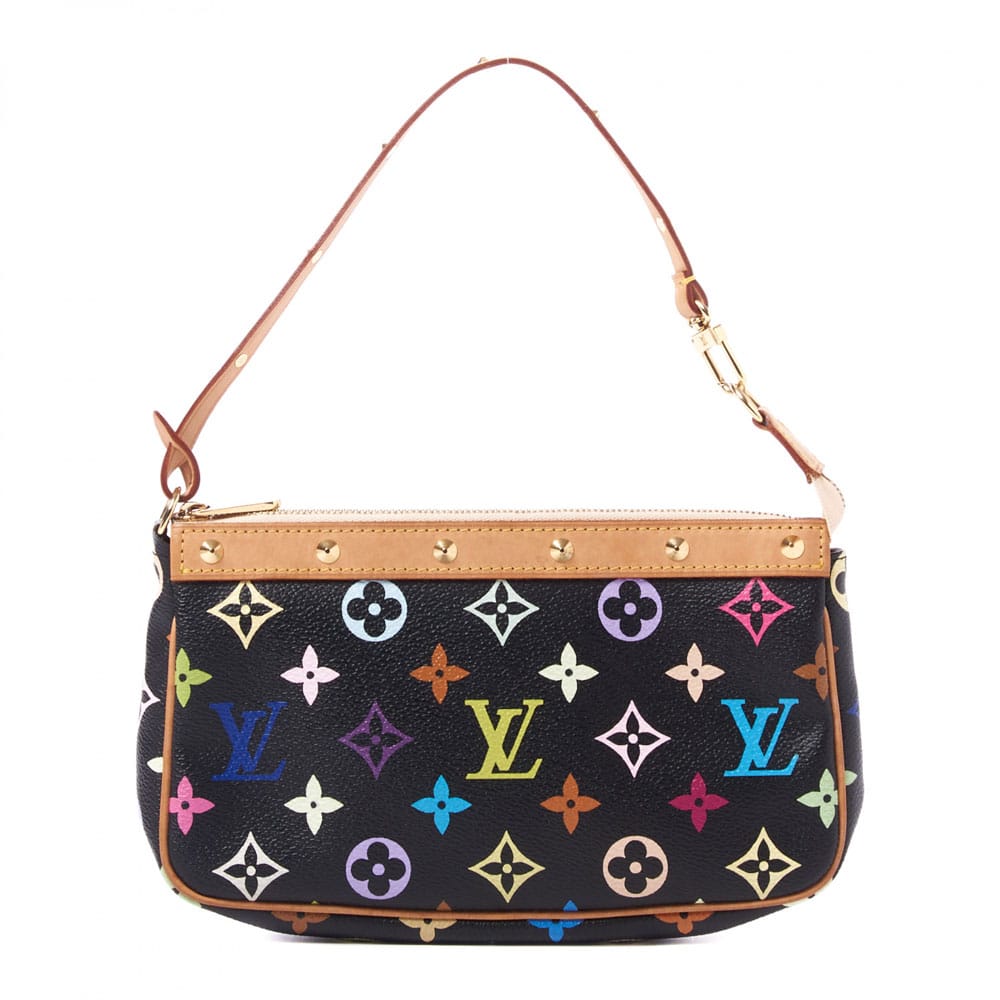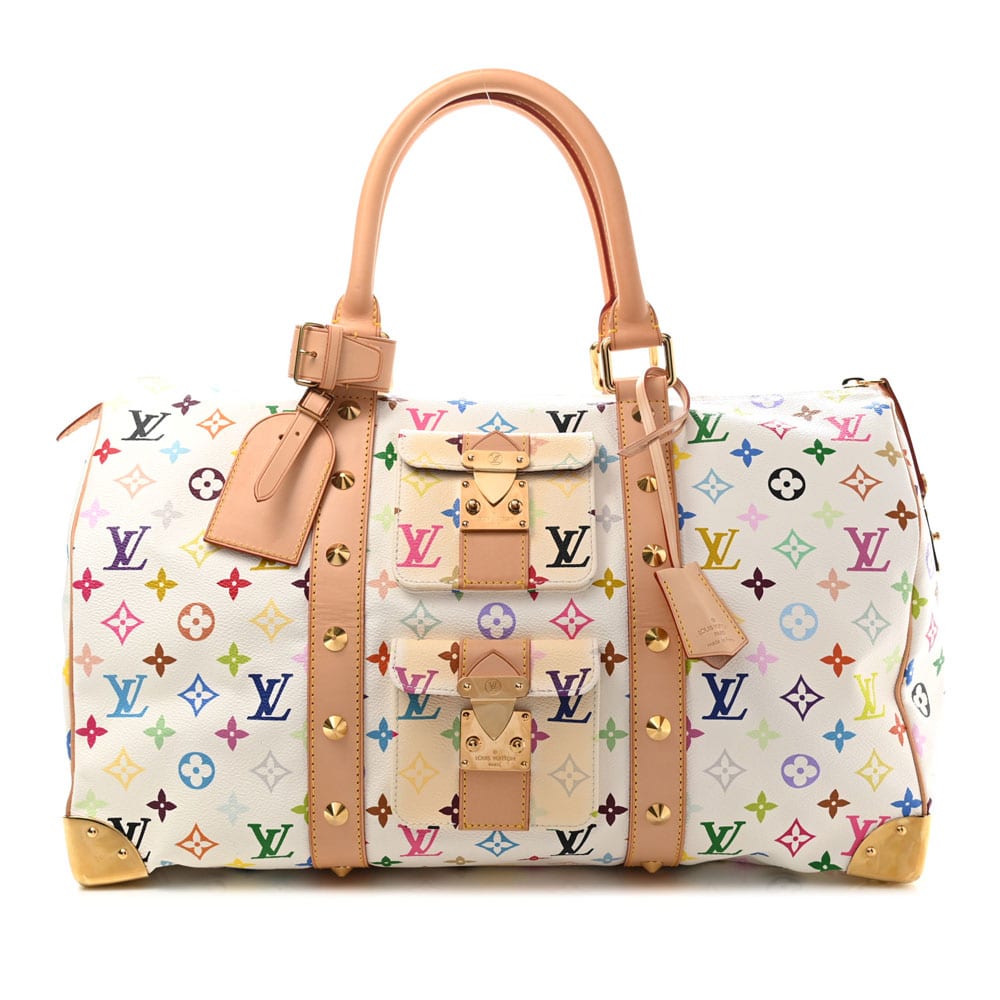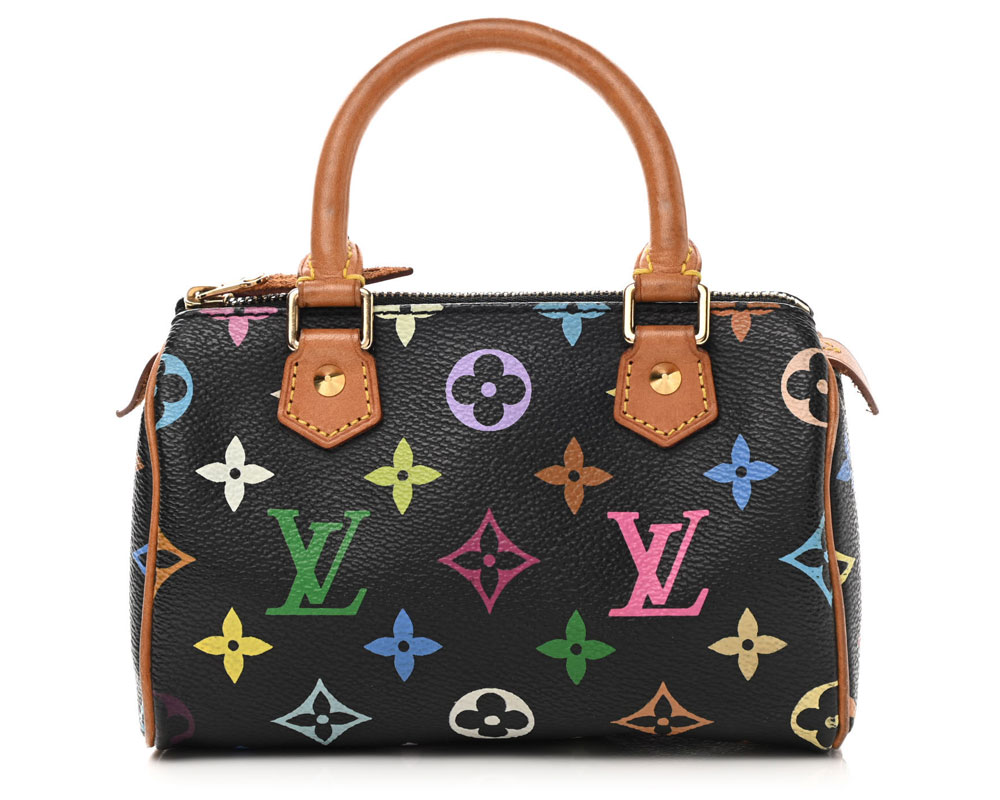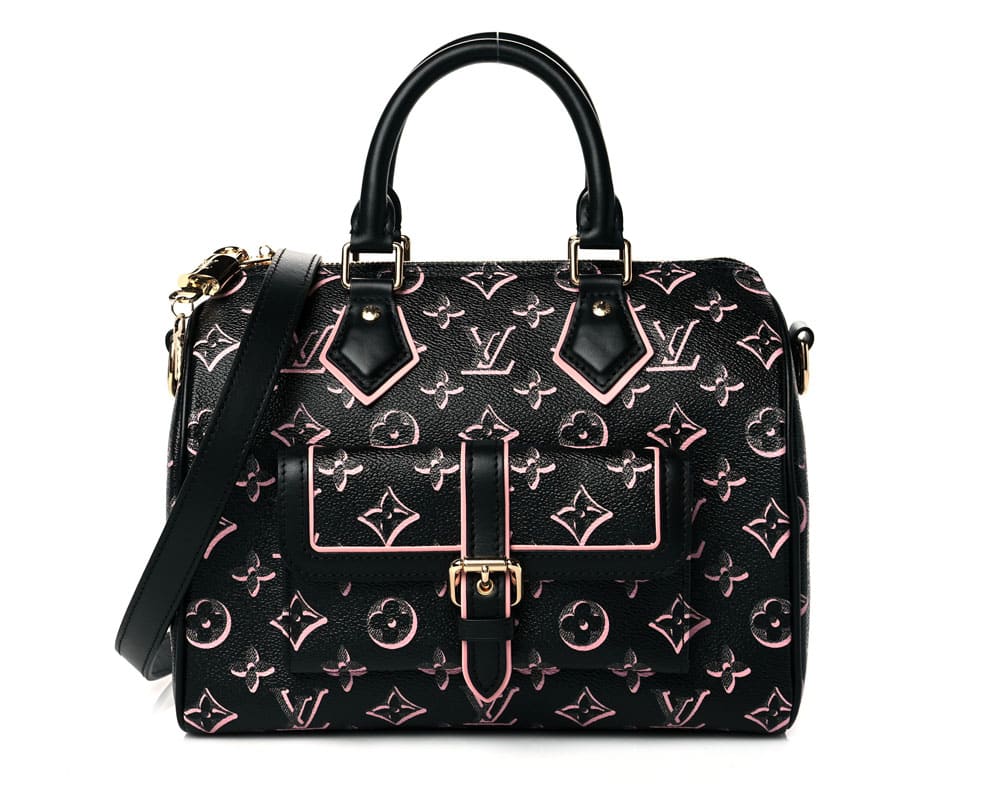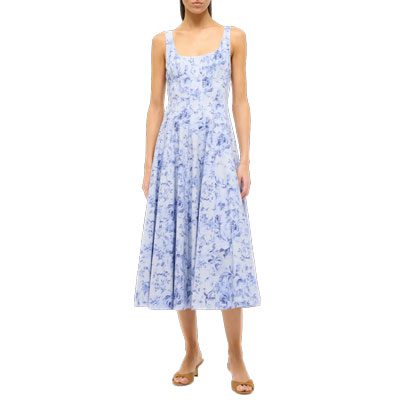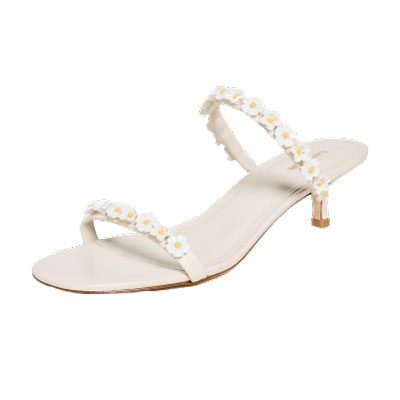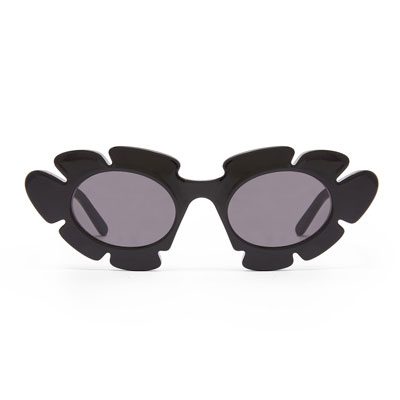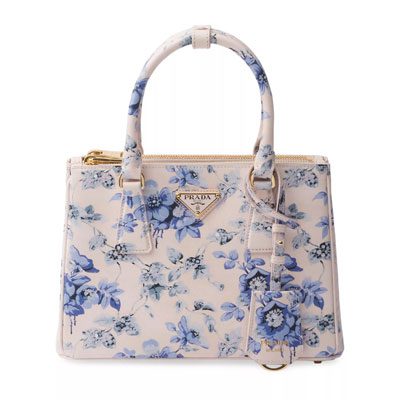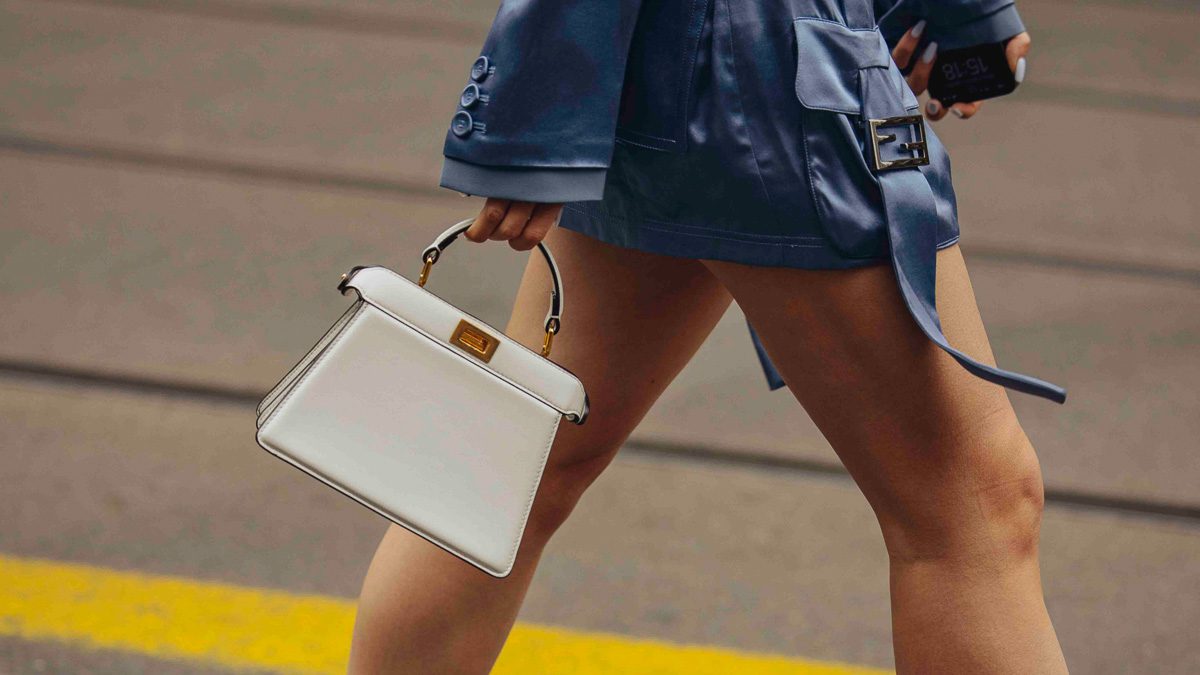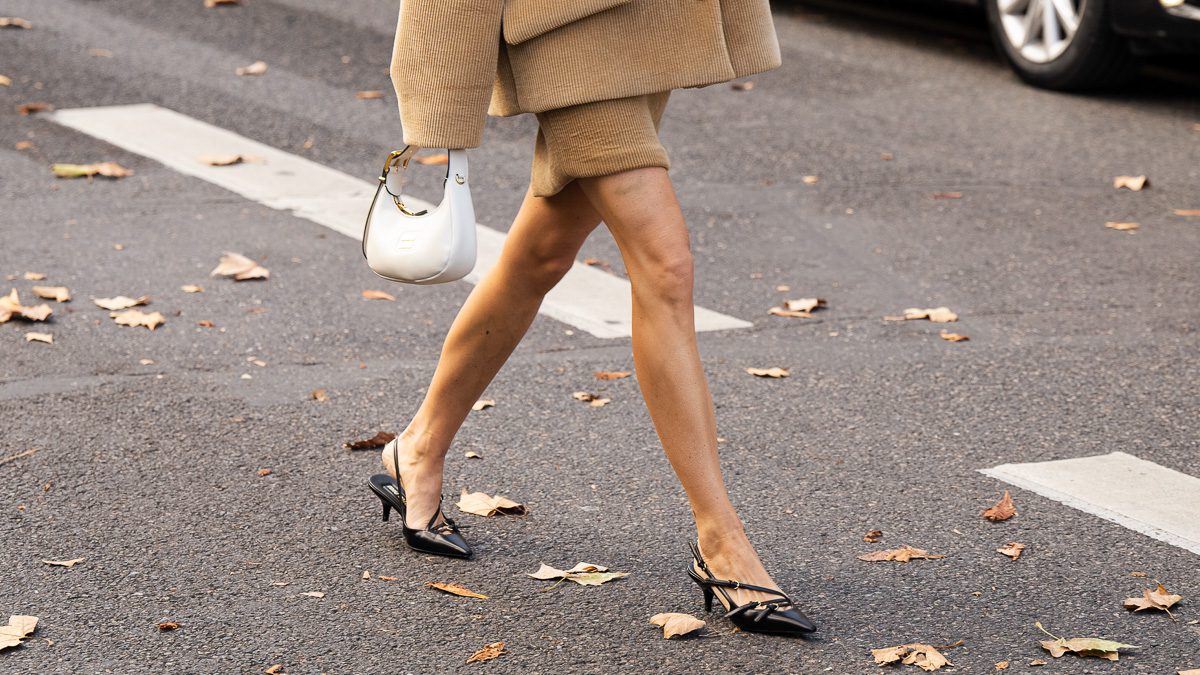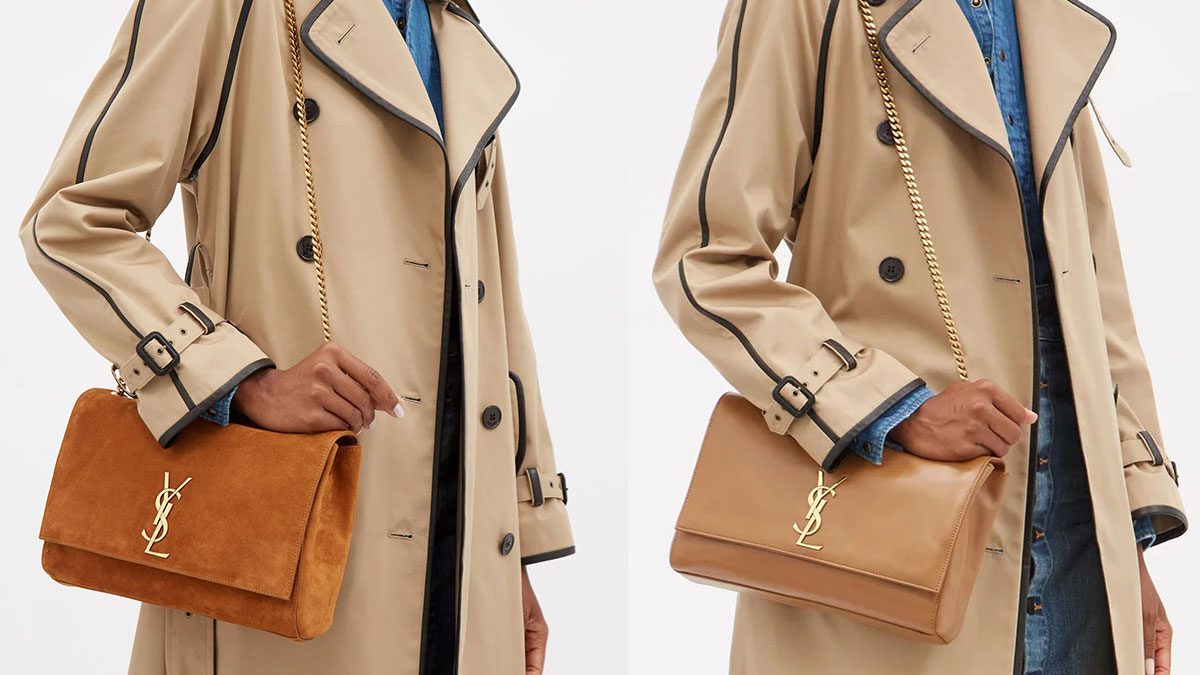Color has lately been a recurring topic of debate and deliberation among the PurseBlog community. Certain shades evoke feelings and emotions – and hence, are perceived to be suitable in particular settings. Others, such as the Louboutin red or the Hermès orange, have become so representative of the brands themselves that they’ve now been trademarked, becoming, in the process, an extension of the identity of the fashion house.
Besides that, there’s always that question of which color is in right now. Barbiecore, hot pink is having its moment under the sun, but so is Bottega Green and Pantone’s Very Peri. Red has become a perennial staple, while the golden rules about wearing black or white year-round no longer apply. Plus, brightly-colored bags may not be the soundest choices financially (then again, is any purse really an investment?). But the sense of joy that they bring us is often worth it – an investment in our happiness, if you will.
Now, the influx of vivid color palettes into the handbag world is a part of a broader resurgence of Y2K-era purses that also include sleek crescent-shaped shoulder bags and maxi carryalls in its repertoire. In fact, most major handbag releases from the premier fashion houses recently have either been a revival of aughties styles, like the Gucci Diana and Dior Saddle, or a modern-day reinterpretation of the aesthetic of the era, such as the YSL Icare Maxi Tote or the Balenciaga Le Cagole.
But just think back. If there’s one bag from the early 2000s that you saw splashed across every tabloid and on the arms of all the big names of the time, what was it?
The padlock-dangling Chloe Paddington?
The Fendi Spy, with its very own lipstick-holder?
Nope. Arguably, the most iconic purse from the 2000s, in all its maximalist glory, and perhaps one of the most counterfeited bag styles of all time, was the Louis Vuitton Monogram Multicolore collection.
Ah yes. All the memories are flooding back now. The colorful logos made it easy to pair with anything and everything. The shoulder-ache from the hardware-heavy hand-carried contraptions that afflict you to date. All the cool (and sometimes mean) girls in school who had it – you remember wanting one so badly, you weren’t afraid to obtain it from shady nail salons. And, of course, who could forget Paris Hilton sporting the Multicolor Keepall 45 in a tank top and ultra-low-rise jeans?
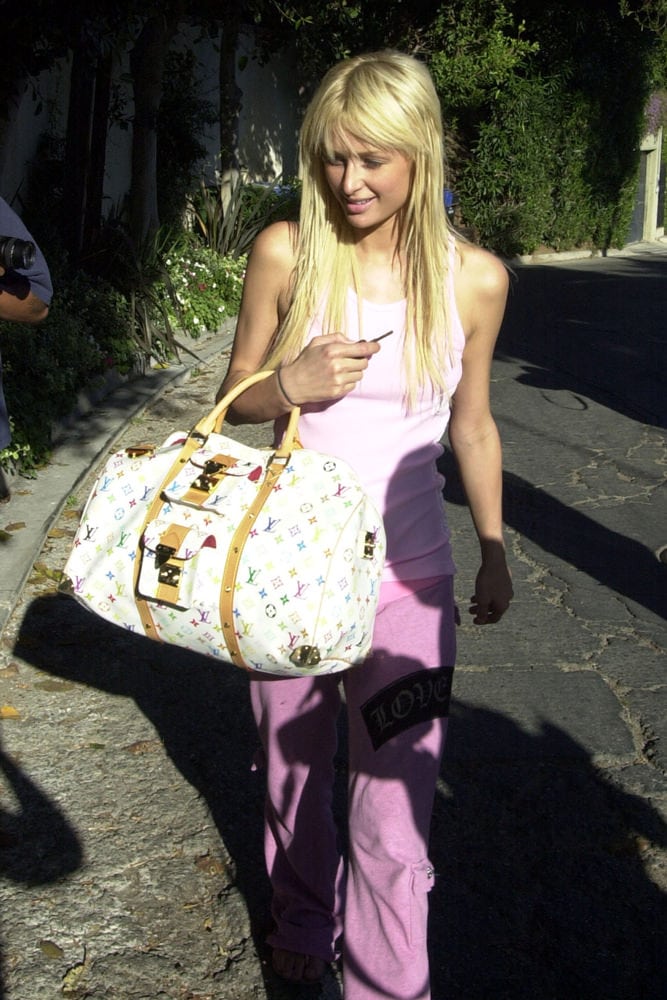
Now those were the days.
Well, let me be the bearer of some good news for you. The Louis Vuitton Murakami Multicolore collection turns twenty next year. Do you feel old yet? I know I do, and I was merely a popsicle-wielding, Hot Wheels-chewing chubby toddler back when it debuted!
Now, with the grand response it received and the even grander recent wave of nostalgia, one should think that the multicolor trend should be back by now in full steam. And they’d technically be right – colorful bags are popping up all over the place (and quickly infiltrating our Instagram feeds), and we have the Multicolore (MC) collection to thank for initiating this. But despite the resurgence of Y2K-inspired stop-you-in-your-tracks type of colorful purses, the actual MC line is yet to see a comeback. What are the forces at play here? Is the multicolor trend coming back in a big way? Let’s investigate.
A Brief History Multicolore Monogram
The Louis Vuitton Monogram Multicolore range, much like the Dior Saddle and the Fendi Baguette that preceded it, was truly one of the peaks of aughties fashion. It was not the first collaboration between the heritage fashion house and a pop artist – its predecessor from 2000, the Stephen Sprouse Graffiti collection, takes that title – and it certainly wasn’t going to be the brand’s last.
But the MC collection marked the beginning of a highly profitable brand-artist relationship that would span over a decade and further popularize a brand previously only known as a luggage-maker for the elite. And popularize it did – the crowds went absolutely crazy! But first, a look at how the collection started out.
In 2002, Marc Jacobs, the Creative Director for the house of Louis Vuitton at the time, was looking for ways to spruce up the uptight heritage trunk-making luxury brand. And as a part of that effort, he roped in contemporary artist Takashi Murakami, a big name in Japan for his anime-inspired cartoonish drawings representing complex social themes. And together, the duo released the Monogram Multicolore collection on Louis Vuitton’s Spring/Summer 2003 runway.
The idea of it-bags was already in existence by then, so it was to be expected that the bags would become an immense hit – ‘twas the era of handbags, after all. But the fashion set wasn’t prepared for the vast array of designs the collection boasted.
The Speedy, the Keepall, the Alma, and the Pochette Accessories were undoubtedly the most popular. But there were other bags in every silhouette imaginable, like the Petit Noe, Solognes, Boulogne, Aurelia, Trouville, Ursula, Priscilla, Claudia, Judy, Rita, Beverly, Greta, Courtney, Annie, Lodge, Eliza, Marilyn, and Sharleen, alongside wallets like the Wapity, Zippy and Eugenie. Plus, scarves, steamer trunks, and other accessories.
Thanks to this extensive collection, the brand sold more than 70,000 pieces in the very first year, cementing its status as a celeb favorite, earning a dedicated plotline in the Jessica Simpson-Nick Lachey reality show, Newlyweds, and giving the brand a refreshing new look, perfect for the younger buyers of the new millennium.
Slowly, the Trend Died
For a while, it looked like the Multicolore range was unstoppable. For Louis Vuitton, incorporating the logo in thirty-three colors on black or white canvas made the design much more covetable than the standard monogram print. And it served as the starting point not only for some popular imitations, like the Dooney & Bourke Crayon Hearts collection and the Coach Scribble print, but also spawned countless knockoffs.
Marc Jacobs’ collab with Murakami also proved to be highly profitable, with the design-duo going on to release the Cherry Blossom, the Panda, the Cerises, the MOCA Hands line, Monogramouflage, and the Cosmic Blossom collections, many of which are collectibles now.
It was, however, the Multicolore range that lasted the longest – 12 years, to be exact – remaining even after Jacobs’ tenure at Louis Vuitton ended in 2013, only getting discontinued in 2015. But a lot had changed in the world between the collection’s lengthy run. The recession of 2008 gradually brought the era of flashy handbags to an end, while the brand’s new Creative Director, Nicolas Ghesquière, obtained a more streamlined, minimalist product portfolio to keep up with the times. Plus, the length of the Multicolore line brought its own problems – for one, it was too wide to control. And the gazillion fakes floating around certainly didn’t help. The bags themselves were quite heavy and seemingly dated to the average buyer.
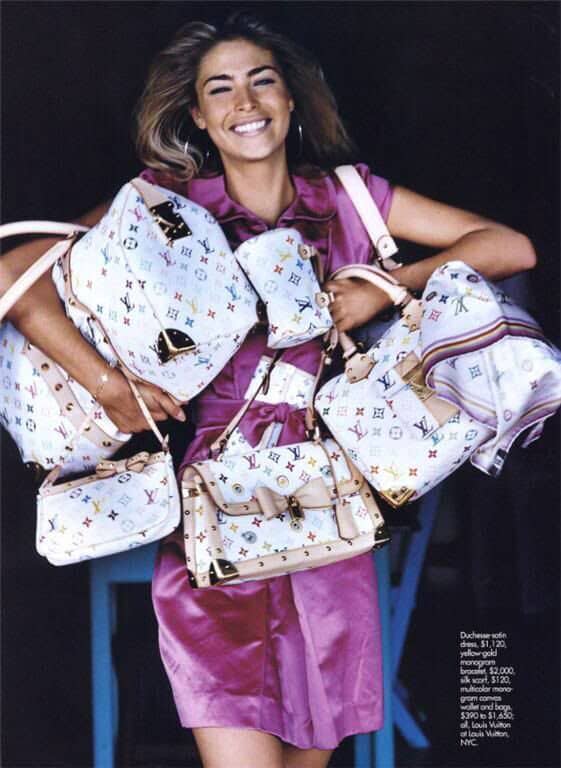
Near the end of its run, the collection was minimized to a handful of Vuitton outlets in Manhattan before a Saks Fifth Avenue associate famously declared to Racked in 2015 that the Murakami-designed Multicolore monogram is “leaving stores at the end of July, forever.”
Is the trend making a comeback now?
“Takashi Murakami’s Multicolore Monogram line for Louis Vuitton was a welcomed break from the house’s traditional darker color palette and a playful take on its signature pattern. I think the brightness mirrored the optimism we saw at the turn of the millennium” -Senior Authenticator at The RealReal, Avalinda Garcia
Upon discontinuation, its fans welcomed the collection again, with resale prices rising beyond their retail rates. More recently, the Multicolore styles have seen rising demand again owing to the resurgence of all things Y2K. Luxury resellers like The Real Real and Vestiaire Collective have recorded growth in searches for pieces from the Multicolore collection.
A marked shift, however, has been in the styles that have now circled back into popularity. For instance, the bulky Multicolore Monogram Speedys and Keepalls of 2003 have been replaced by a penchant for smaller silhouettes, like the Multicolore Pochette Accessories. And stars like Kylie Jenner, Kendall Jenner, and Kim Kardashian popularized the Speedy HL (or Speedy Nano), the latter purchasing several of the styles for the daughters of the clan.
The Nano Speedy, in particular, has been one of the drivers of the recent growth of the Multicolore range, with Hebrard Lemaire of Vestiaire Collective attesting that the Speedy HL on the site has “increased in value from $370 in 2017 to as high as $2,000 today — a 400% increase!”
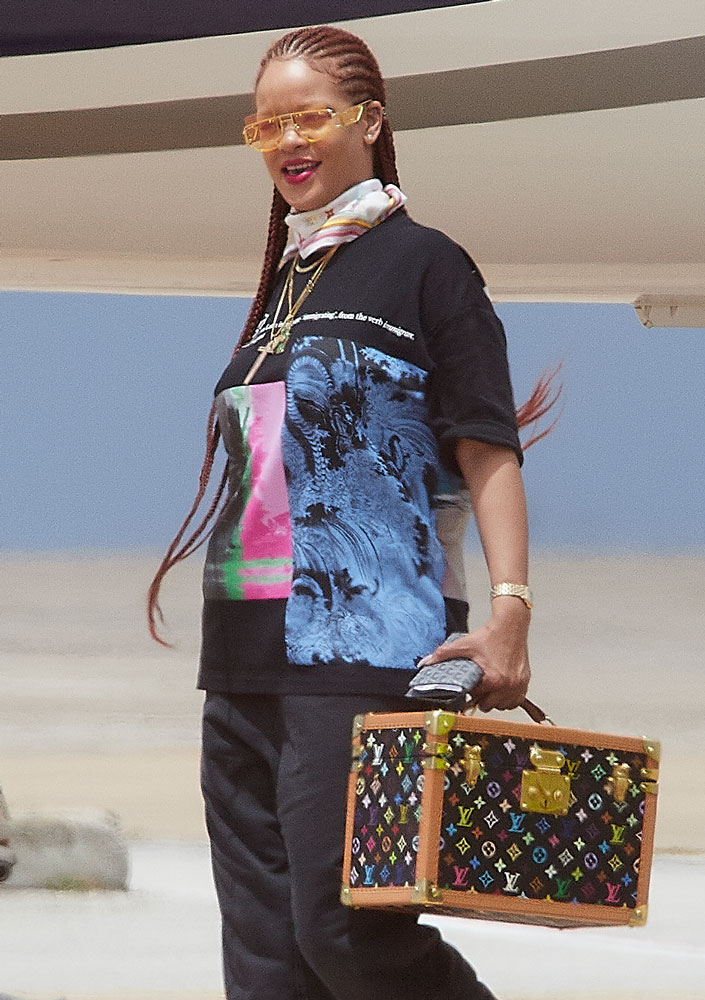
However, many have said the collection was discontinued at a rather inopportune moment in handbag history. Ghesquière has been said to wait too late to halt its production – indeed, when PB broke the news of its discontinuation, few were aware that it was still in production. And now, it is considered rather early to bring back a style that was available for purchase not too many years ago.
Not only that, besides its nostalgic appeal, the line had few other redeeming points – many find the line highly dated, and the excess of colors, gaudy monograms, and heavy hardware remains a difficult pill to swallow, even amidst the current Y2K resurgence. And plenty are available on resale for you to snap up, making it not exclusive either.
But the Multicolore collection’s position in handbag history remains firmer than ever, its legacy most apparent in the newer collections popping up all over. Chanel’s FW22 collection, for instance, featured an overwhelming array of multicolor tweeds, while the new Saint Laurent printed-silk Jamie bag, featuring the original Yves Saint Laurent script in colorful font, is clearly a YSL-spinoff of the LV range. Colorblocking has been “in” for a while now as well, and the bright and playful aesthetic of Dior’s new Vibe Bowling Bags are reminiscent of the Multicolore collection’s vibe.
The house of Louis Vuitton too has introduced 2022-appropriate reinterpretations of Murakami’s design, its Fall For You range of contrast-colored logos and pockets a subtler take on the original multicolor monogram-print. And if you’ve come across the new floral-monogrammed Coussin bag, you were likely just as surprised as we were, and deluded for a hot second into thinking that the Multicolore had been brought back from the dead!
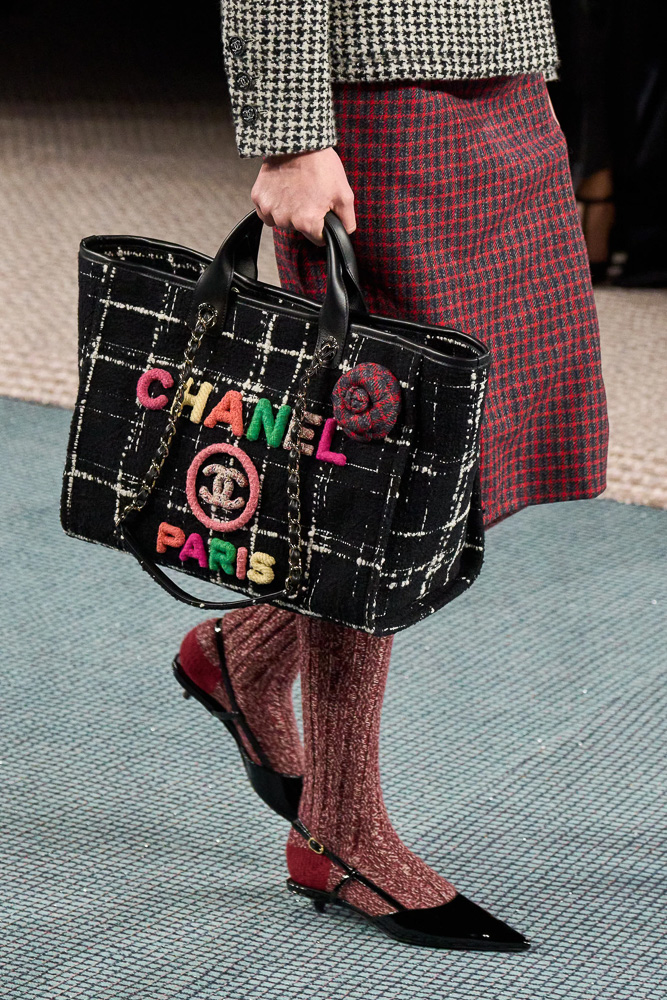
So, is the Multicolore Monogram coming back anytime soon? Chances are slim – it received more than its fair share of criticism over its extended lifespan. And most buyers, even nostalgic ones, continue associating it with that particular moment in fashion during the early 2000s – making it less versatile to work into a modern-day wardrobe.
But it is indisputable that the Multicolore range inspired an entire generation of vibrant leather, fabric, canvas, and even colorful hardware on purses. And given how bright hues have become the driving force of the handbag world recently, I believe multicolor bags are more of a micro-trend right now, and a subset of the bigger 2000s resurgence overall is about to blow up in a big way. And we’re here to watch out for it.
Plus, if Demna Gvaslia could discontinue the Balenciaga City and almost immediately launch the Neo City and the Neo Cagole to massive fanfare, then practically anything is possible! The key here is to understand what the buyers want and respond accordingly.
Just remember, you heard it here first!

